I have a
@IBDesignable
class Fancy:UIButton
I want to
addTarget(self, action:#selector(blah),
forControlEvents: UIControlEvents.TouchUpInside)
So where in UIButton should that be done?
Where is the best place for addTarget ?
1 - I have seen layoutSubviews suggested - is that right?
Note - experimentation shows that a problem with layoutSubviews is that, of course, it can be called often, whenever things move around. It would be a bad idea to "addTarget" more than once.
2 - didMoveToSuperview is another suggestion.
3 - Somewhere in (one of) the Inits?
Note - experimentation shows a fascinating problem if you do it inside Init. During Init, IBInspectable variables are not yet actually set! (So for example, I was branching depending on the "style" of control set by an IBInspectable; it plain doesn't work as @IBInspectable: won't work when running!)
4 - Somewhere else???
I tried to do it in Init, and it worked well. But it breaks designables from working in the Editor.
By thrashing around, I came up with this (for some reason both must be included?)
@IBDesignable
class DotButton:UIButton
{
@IBInspectable var mainColor ... etc.
required init?(coder decoder: NSCoder)
{
super.init(coder: decoder)
addTarget(self, action:#selector(blah),
forControlEvents: UIControlEvents.TouchUpInside)
}
override init(frame:CGRect)
{
super.init(frame:frame)
}
I don't know why that works, and I don't understand why there would be two different init routines.
What's the correct way to include addTarget in a UIButton?
